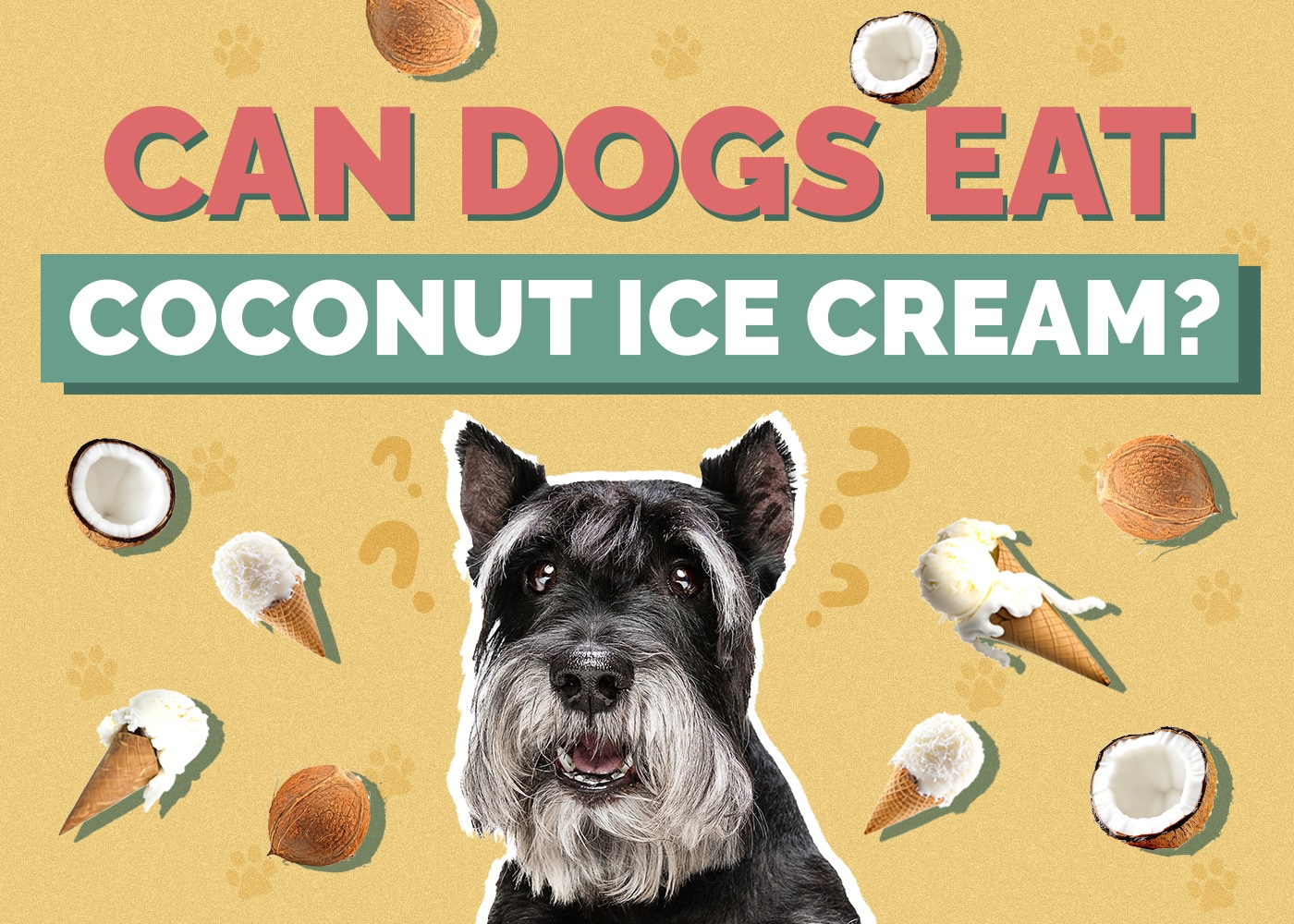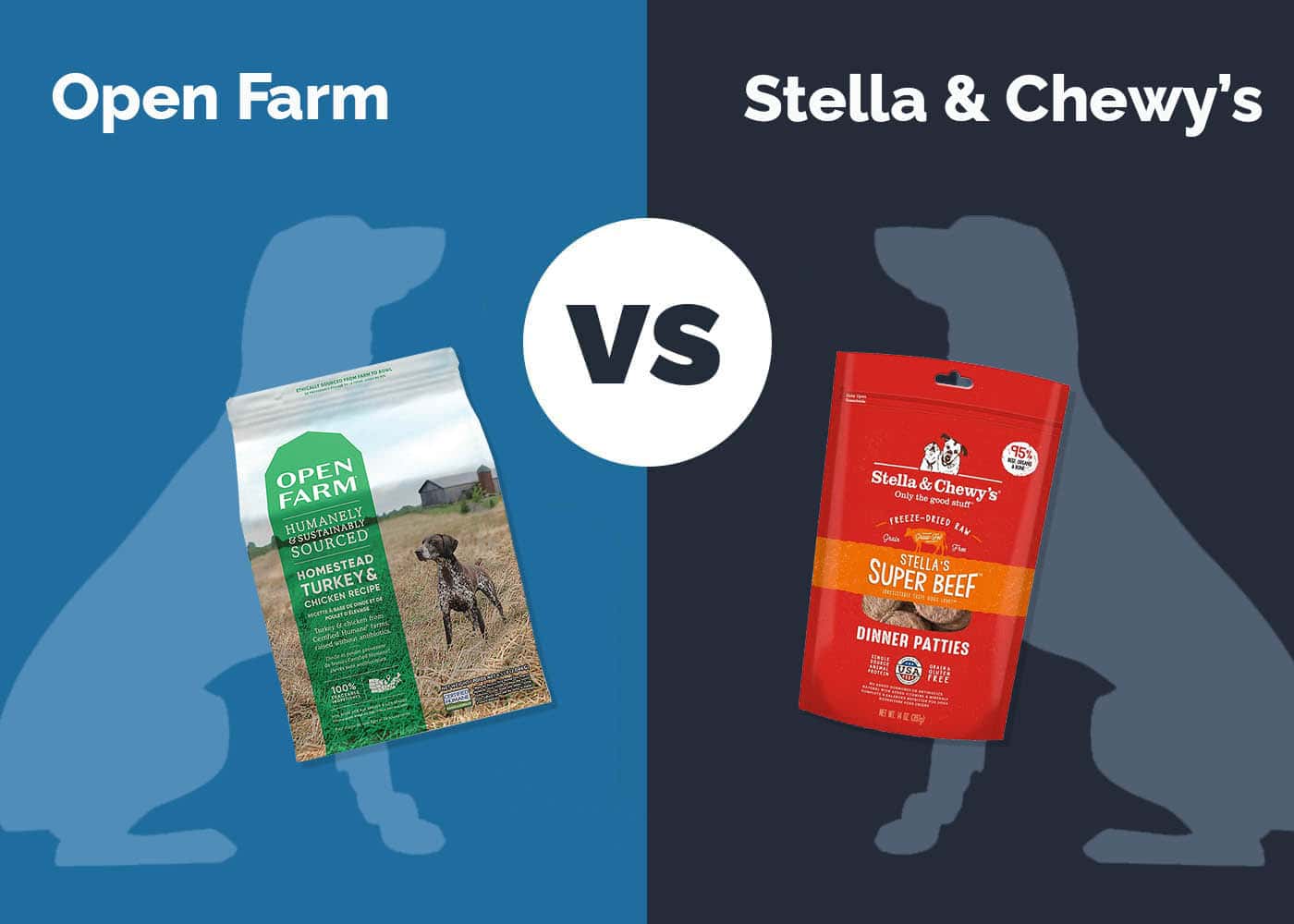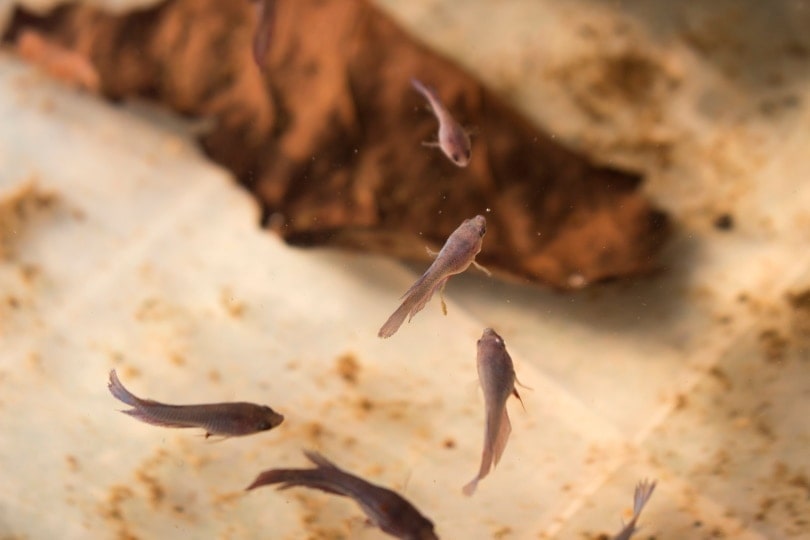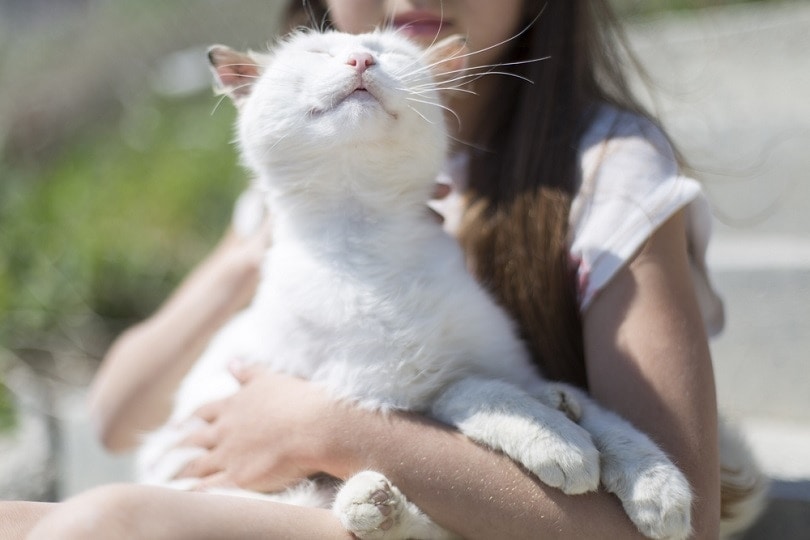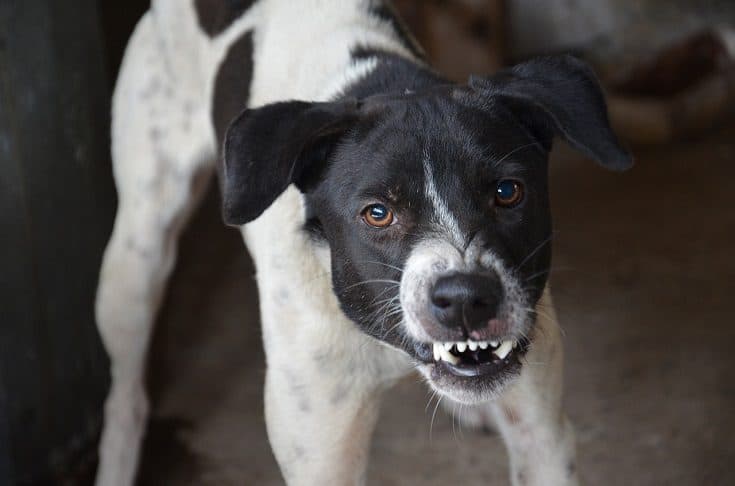Can Dogs Eat Gnocchi? Vet-Approved Facts & FAQ

Updated on
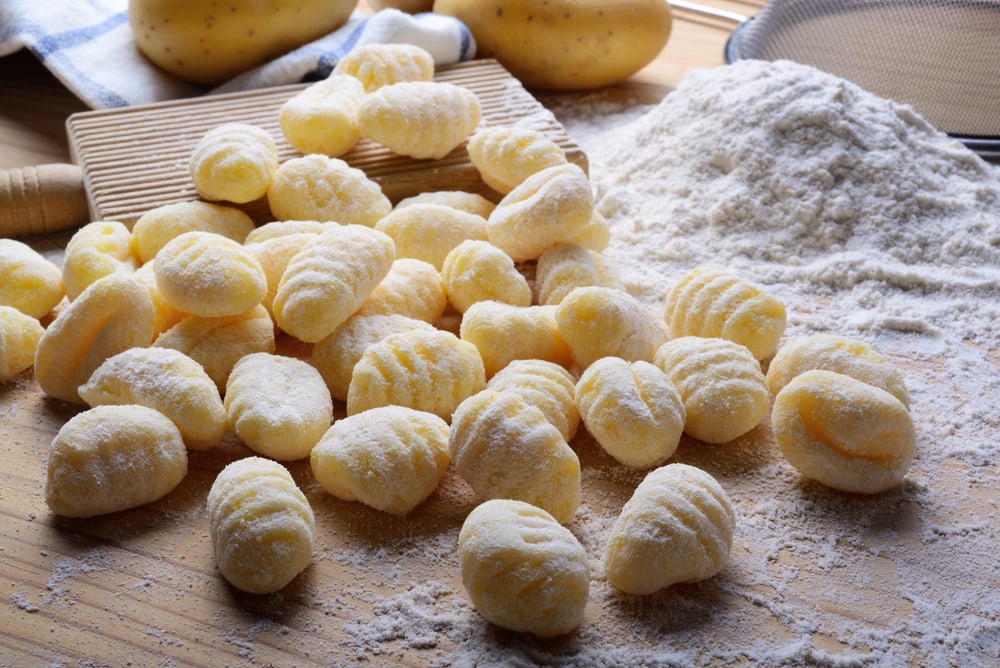
Click to Skip Ahead
As a pet parent, you might have found yourself wondering, “Can dogs eat gnocchi?” Well, the answer is yes, but with some important considerations to bear in mind. While gnocchi itself isn’t harmful to our four-legged companions, certain ingredients used in its preparation – particularly garlic and onions – are harmful to dogs. In this article, we’ll delve into the topic of dogs and gnocchi, focusing on the potential hazards, healthy alternatives, and how to maintain your dog’s nutritional balance. So, let’s get started!
What Is Gnocchi?
For the uninitiated, gnocchi are small, soft dumplings that originated from Italy. Traditionally made from potatoes, flour, and eggs, these versatile dumplings have won over taste buds worldwide. Their delightful texture and ability to pair well with a variety of sauces make them a popular choice for many.
However, variations of this recipe may include different types of flour, cheese, and herbs for enhanced flavor. Some gnocchi recipes might also incorporate garlic or onions, two ingredients that are toxic to dogs and should be avoided.

100 grams of gnocchi contains:
| Energy: | 161 kcal |
| Protein: | 4.29 grams |
| Fat: | 0.71 grams |
| Carbohydrate: | 35.71 grams |
| Fiber: | 1.4g |
| Calcium: | 14mg |
| Potassium: | 86mg |
| Sodium: | 557mg |
Can Dogs Eat Gnocchi?
Pure, plain gnocchi, without any added flavors or seasonings, is not harmful to dogs. However, it’s important to remember that while your dog might enjoy gnocchi, it doesn’t offer any specific nutritional benefits for them and does add calories. As pet owners, our goal should always be to provide our pets with foods that are both safe and nutritionally beneficial.
Additional Ingredients
Garlic and onions, often used in cooking for their flavorful punch, are toxic to dogs. They contain sulfur compounds that can damage a dog’s red blood cells. In high enough quantities this causes anemia or a deficiency of red blood cells. If your gnocchi recipe includes these ingredients, keep it off your pup’s plate.
Apart from garlic and onions, other ingredients commonly used in gnocchi recipes can also be harmful to dogs. Dairy products, often added for extra creaminess, can cause digestive problems in lactose-intolerant dogs.

Tips for Safely Feeding Your Dog Gnocchi
Feeding your dog gnocchi can be a fun way to mix up their diet, but it’s important to do so safely. Here are ten tips for safely feeding your dog gnocchi:
- Choose Plain Gnocchi: Opt for plain, cooked gnocchi without any added flavorings or spices. This is easier for your dog to digest and less likely to cause any adverse reactions. Avoid cooking with any additional fats or oils as this can lead to weight gain or pancreatitis. An alternative to traditional gnocchi is sweet potato gnocchi. Pumpkin gnocchi is another healthy alternative. Pumpkin is a fantastic ingredient for dogs, loaded with dietary fiber.
- Avoid Harmful Ingredients: Many gnocchi recipes include ingredients like garlic and onions, which are toxic to dogs. Always double-check the ingredients of any gnocchi you plan to feed your dog.
- Serve in Moderation: Even though your dog might love gnocchi, it’s important not to overfeed them. Treats should only make up about 10 percent of your dog’s daily caloric intake at the most. As with any food, too much can upset your dog’s stomach if they aren’t used to it.
- Substitute Sauces with Dog-Friendly Foods: Consider adding some of your dog’s favorite fresh treats into the mix. Some raw or cooked veggies, boiled chicken breast or a boiled egg may add some variety and flavor to the dish. Incorporating pumpkin puree into gnocchi can add a festive flavor while providing a health boost for your dog.
Remember, while gnocchi can be a tasty treat for your dog, it’s important to ensure that it’s served in a way that doesn’t compromise your pet’s health and safety.
Healthy Alternatives to Gnocchi for Dogs
There is no issue with serving gnocchi as a treat as all nutrition should be provided by your dog’s regular diet if they are eating a high-quality kibble. However, there are some lower calorie options to consider if your dog is trying to lose a few pounds.
Nutrient-Rich Vegetables
Vegetables like carrots, cucumbers, and peas are a fantastic addition to your dog’s diet. They’re low in calories and packed with essential vitamins and minerals. Plus, they offer a satisfying crunch that many dogs love, making mealtime a fun and enjoyable experience.
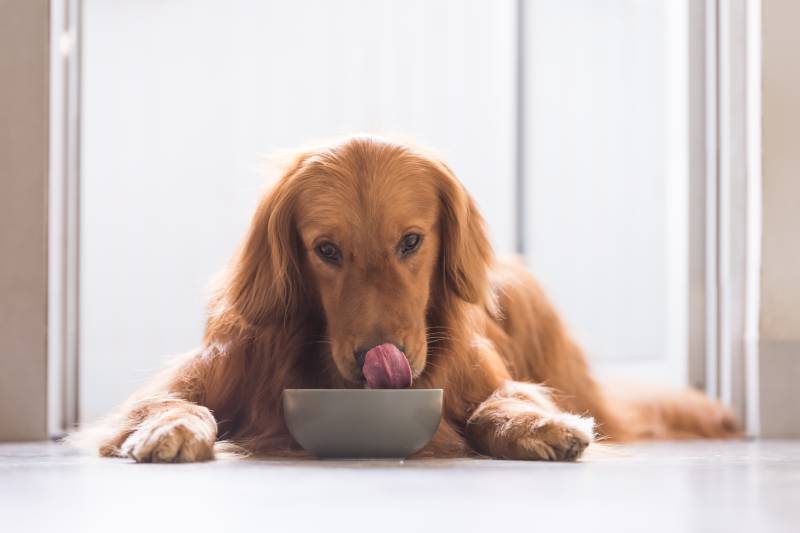
Fruits as Healthy Treats
Fruits such as apples, bananas, and blueberries can serve as healthy treats for dogs. They’re rich in fiber, antioxidants, and other beneficial nutrients, all contributing to your dog’s overall health. Remember to remove any seeds or pits before feeding these fruits to your pet to avoid choking hazards.
The Importance of a Balanced Diet
Feeding your dog a balanced diet is crucial for their overall health and wellbeing. Here are the different types of food you can feed your dog.
Commercial Dog Food
Commercial dog food is specially formulated to meet all the nutritional needs of your pet. It should form the core of your dog’s diet, with treats and human food making up no more than 10% of their daily caloric intake. High-quality commercial dog food will provide a balanced mix of proteins, carbohydrates, fats, vitamins, and minerals.
Homemade Dog Food
If you prefer to prepare homemade meals for your dog, it’s essential to ensure that these meals are nutritionally balanced. This means consulting with a vet or a pet nutritionist to make sure your dog’s nutritional needs are being met.
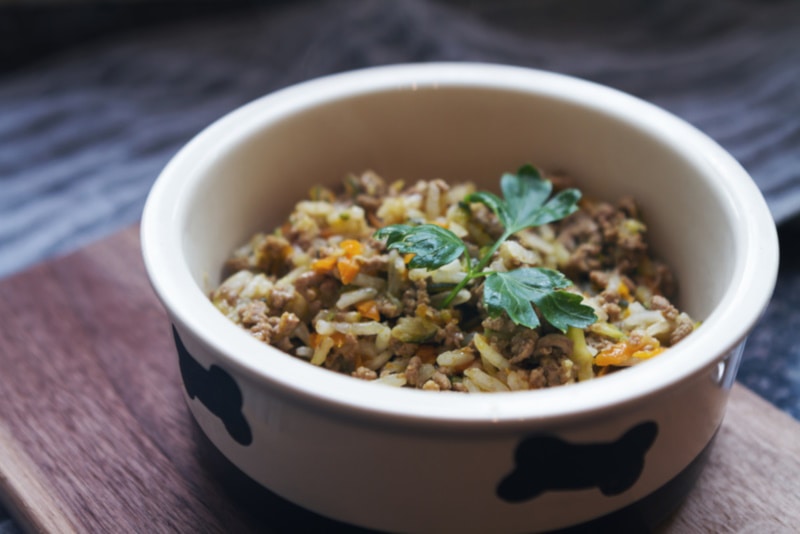
Treats and Snacks
Treats and snacks can serve as a great way to reward your dog and strengthen your bond with them. However, they should be given sparingly. Overfeeding treats can lead to weight gain which increases the risk of joint problems, diabetes and even some cancers. Always choose healthy, low-calorie treats, and remember to account for these treats when calculating your dog’s total daily calorie intake.
Conclusion
So, can dogs eat gnocchi? Yes, but with caution. While the gnocchi itself is not harmful, the ingredients it is usually served with could pose risks. As responsible pet owners, it’s our duty to ensure that what we’re feeding our pets is not only delicious but also safe and nutritious. By being mindful of the ingredients in our food, consulting with vets, and focusing on a balanced diet, we can keep our pets healthy and content.
Featured Image Credit: picturepixx, Shutterstock




